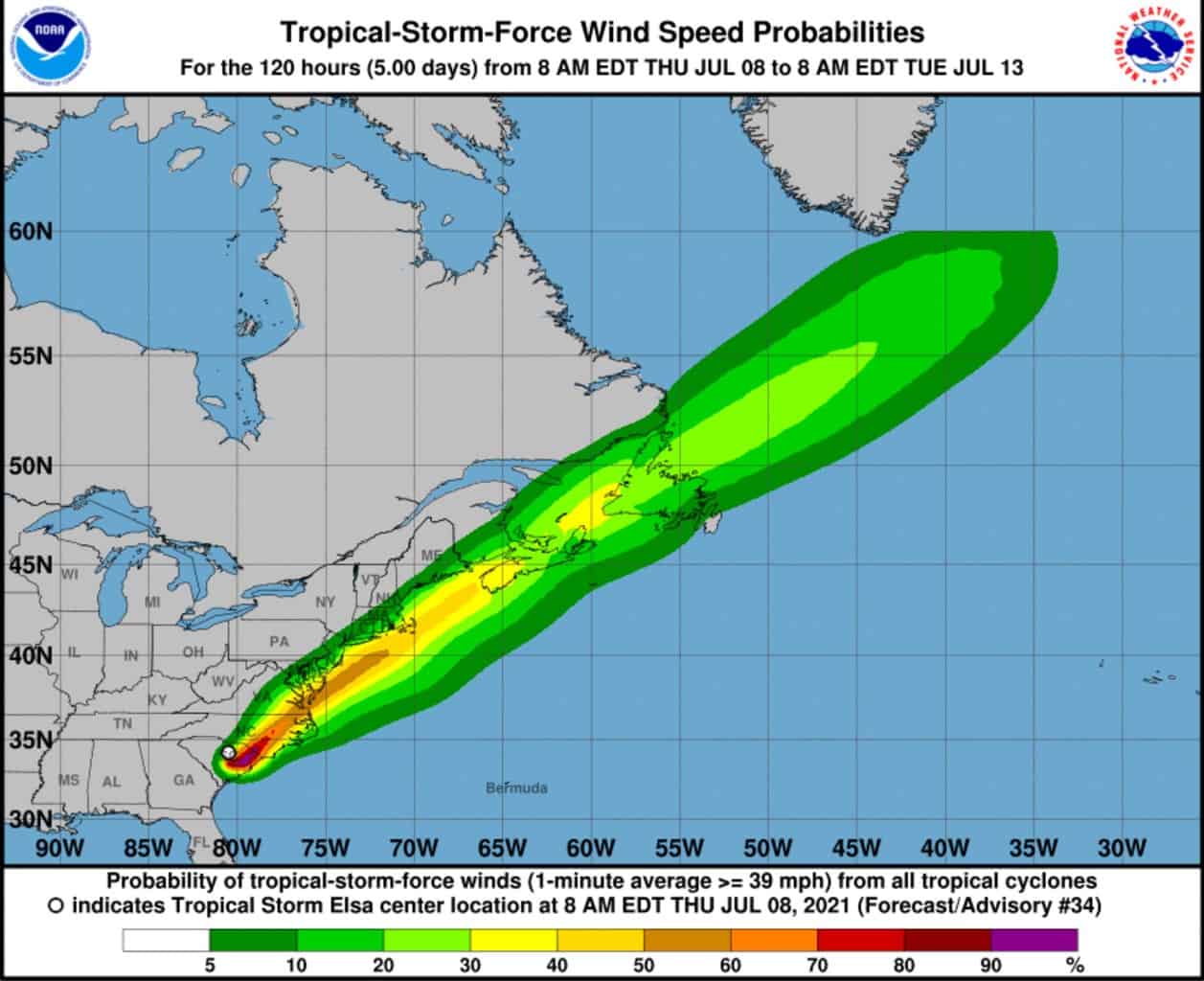A group of endangered Atlantic sturgeon from the Horn Point Laboratory in Cambridge— each weighing over 100 pounds— are making a new home at the New York Aquarium on Coney Island.
The sturgeon were captured in waters of the Chesapeake Bay before 2011. The University of Maryland Center for Environmental Science (UMCES) Horn Point Lab and the Maryland Department of Natural Resources hoped to breed them at Horn Point, but a budget shortage in 2018 forced the sturgeon program to shut down.
Atlantic sturgeon have been listed as threatened and endangered since 2012. They are huge and long-lived, growing up to 60 feet long, and living to be 30 to 60 years old, according to NOAA Fisheries. Fossil records indicate sturgeon have been around for at least 85 million years.
See video of the prehistoric “living fossils” on display at the New York Aquarium below:
Scientists at Horn Point say even though they were never able to breed sturgeon, they learned a great deal about the species’ presence in the Bay. And they see the New York Aquarium move as a chance to raise awareness:
“These partnerships present an opportunity for the public to see these incredible fish up close; hopefully inspiring the next generation of scientists and conservationists to continue to protect them in the wild,” says NOAA National Marine Fisheries Service Fishery Biologist Erin Markin.
Markin worked as a faculty research assistant at Horn Point Laboratory from 2003 to 2016, and wrote her PhD dissertation on sturgeon. She says, “Fifteen years ago, I handled my first Atlantic sturgeon, and I am still in awe of them.”
-Meg Walburn Viviano

